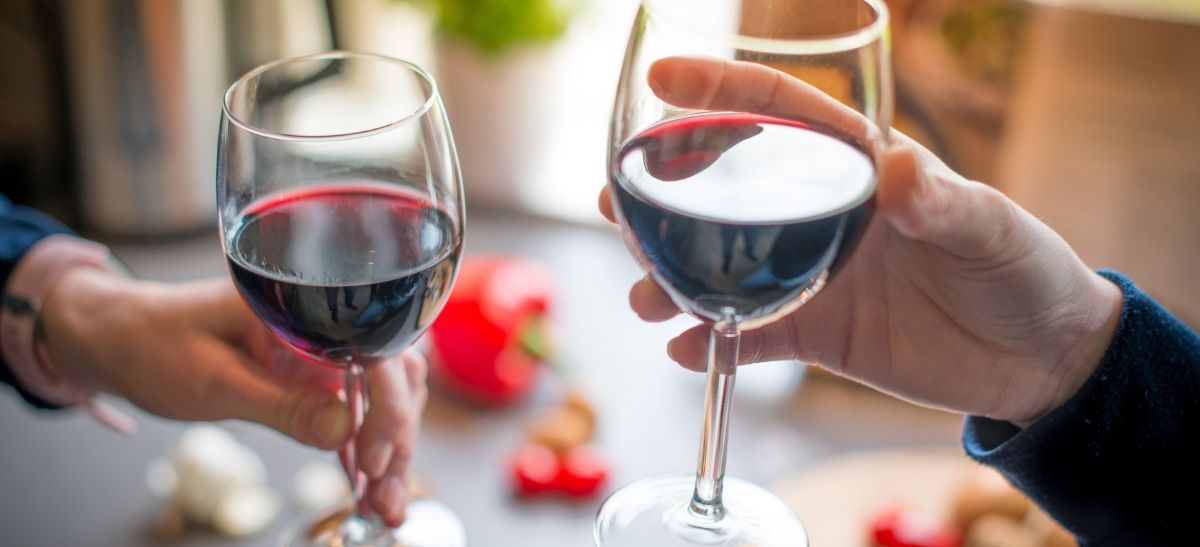Early Bird
Deadline
January 31, 2026
Judging
Date
May 18, 2026
Winners
Announced
June 10, 2026

Not too long ago, the concept of a Willamette Valley Pinot Noir priced in the triple digits seemed far-fetched. Today, it’s virtually standard protocol for many of the region’s most coveted producers, at least for their highest-end reserves and barrel-select offerings.
The high price reflects a variety of factors, from low yields and high fruit prices in the vineyard to barrel and equipment costs in the cellar. Pinot Noir is widely considered to be one of the hardest varieties to work with and the price per bottle tends to echo that struggle. Some of it, of course, is the result of sky-high critical acclaim awarded to the Willamette Valley and whatever the thirsty wine market is willing to shell out for the stuff.
To stay afloat and fund their higher-end endeavors, many labels have adopted the second label. A business card of sorts, this larger production, cheaper price point approach doesn’t often do much in terms of profit but does garner exposure through retail and restaurant placements. Some have called it the “gateway wine” in that its purpose is to draw consumers to the brand and hopefully turn them on to the higher-end offerings the next time they’re at the wine bar or bottle shop.
The Pinot Noir that falls under this category is typically and quite frankly unremarkable. Moreover, it demands a scale of operation most small producers can’t keep up with. So how does a relatively small, family-owned operation in the heart of the Willamette Valley turn out a tasty $20 bottle of Pinot Noir? The answer is a careful combination of labor and restraint.
McKinlay Vineyards launched in 1995. Founder and winemaker Matt Kinne set the groundwork even earlier, swapping rows of fruit and nuts for vineyards in his family farm during the 1980s. The land has been in agricultural use by his family since the 19th century.
For the record, this is not a pet project for Kinne. As he’s quick to point out, he, his wife, Holly, and their kid, Jake, are first and foremost lovers of wine. He’s not working a day job and making wine by night. Nor is he selling blocks of his estate fruit to the highest bidders. He’s all-in on the McKinlay project and his diligence may be paying off.
The vineyard is situated in the Chehalem Mountains American Viticultural Area (AVA) just outside the town of Newberg. It’s one of seven appellations in the extremely diverse Willamette Valley. Kinne says he works with his 35 vineyard acres as directly as possible. “We have help with plant work but do all the tractor work and trellis maintenance ourselves.”
Similarly, in the cellar, Kinne works directly with his wines and bottles himself. While many producers are logging hours on the road selling their work, Kinne refrains from travel and has no marketing budget (Google “McKinlay Vineyards” and try to find his website, it doesn’t exist). He keeps his margins and overhead very much in check. “The wine has to sell itself,” he admits.
Presently, Kinne and his family are turning out about 3,000-4,000 cases per year. While he’s the first to suggest that his label is too small to be driving industry trends, McKinlay is influencing a saturated Oregon wine scene. If nothing else, he’s proving that the $20 bottle of quality Pinot Noir can in fact be achieved.
Kinne points out that it would be more cost-effective to work with bulk Pinot Noir, especially now amid several high-yielding vintages and a glut of Willamette Valley juice. It has become fairly common practice for producers to buy bargain juice after a particularly heavy harvest and assemble some kind of entry-level offering. “But I like specific attributes that come from our cellar and a negociant bottling doesn’t achieve that,” he says.
While he’d prefer the price per bottle to be higher, Kinne acknowledges that he’s operating in a certain sweet spot. For by-the-glass pricing, especially, he believes he’s right about at the ceiling.
“The Willamette Valley is made in the same hands-off, low impact, the trying-not-to-mess-it-up style that we make our reserve wines,” he says. Kinne’s ability to tread lightly in the cellar leads to elegance in the bottle. The 2017 is Burgundian in nature, with lots of balance, an assortment of vibrant fruit flavors and a moderate alcohol level in 12.5%. It’s a thoughtful wine that shows both the versatility of vintage and the quality inherent to Kinne’s family vineyard.
“It’s satisfying to bring a great quality bottle to market at a reasonable price,” he says, adding that he gets a lot of encouraging feedback for his Willamette Valley Pinot Noir. “I like to think of McKinlay as our contribution to making wine a part of American culture.”
This article is contributed by wine writer Mark Stock.
Enter your Wines now and get in front of top Sommeliers, Wine Directors, and On-Premise Wine Buyers of USA.
